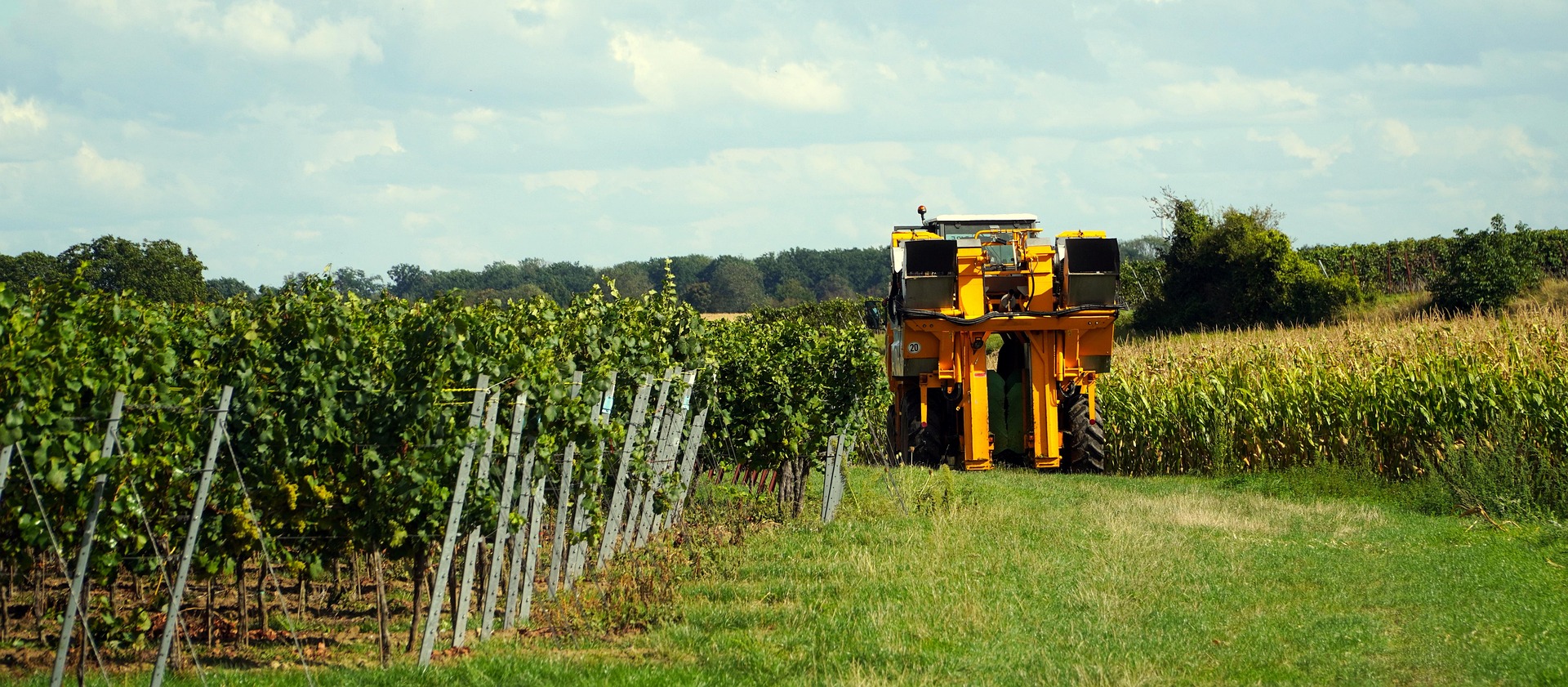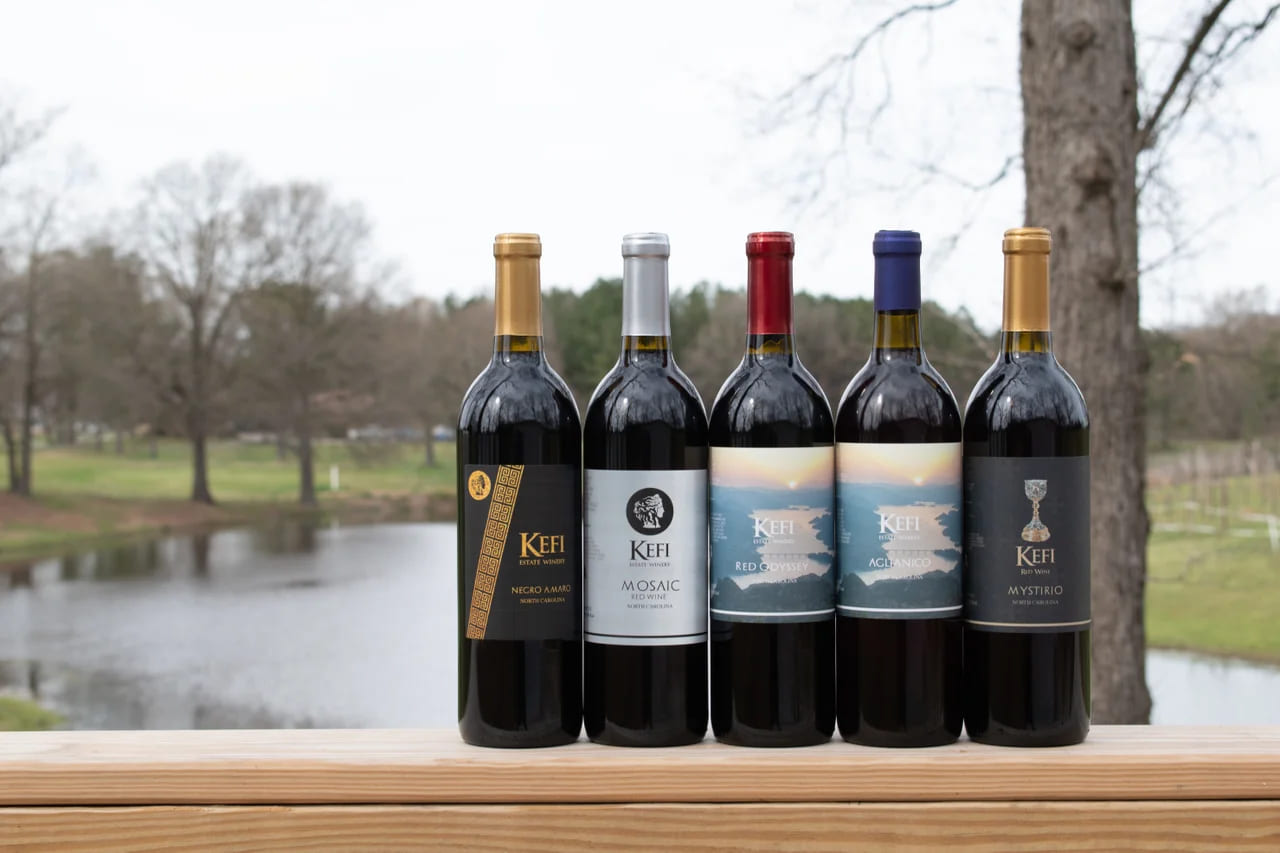Introduction to Wine
Wine has been an integral part of human culture for thousands of years. From the vineyards of ancient Mesopotamia to the modern-day wineries in Napa Valley, wine has captured the hearts and palates of many. It is not just a drink; it is a symbol of tradition, craftsmanship, and community. Wine is made from fermented grapes, and depending on the type of grape, the region it is grown in, and the methods used to produce it, wine can take on a wide variety of flavors and characteristics.
In this guide, we will explore the world of wine, its different types, the production process, and the culture surrounding it. Whether you are a beginner looking to understand the basics of wine or an experienced connoisseur seeking to expand your knowledge, this article will provide valuable insights into the art of winemaking.
The History of Wine
The history of wine dates back over 8,000 years, with evidence of winemaking found in ancient civilizations such as the Sumerians, Egyptians, and Greeks. The earliest known wine-producing region is in what is now modern-day Georgia, where archeological discoveries suggest that winemaking began as early as 6000 BCE.
The ancient Greeks and Romans were particularly influential in the development of wine culture. They introduced the concept of wine consumption as a social activity, and the Greek philosopher and mathematician Pythagoras even wrote about the virtues of drinking wine in moderation. In Rome, wine became an essential part of everyday life, with vineyards spreading throughout the empire.
During the Middle Ages, wine production in Europe flourished, particularly in France, Spain, and Italy. Monasteries played a significant role in preserving winemaking knowledge and techniques, and many of the world’s most famous wine regions, such as Bordeaux and Burgundy, owe their origins to the monastic influence.
In the modern era, winemaking became a global industry, with countries such as the United States, Argentina, Australia, and South Africa joining traditional wine-producing nations. Today, wine is enjoyed worldwide, and the variety of wines available is greater than ever before.
The Types of Wine
Wine can be broadly categorized into five main types: red, white, rosé, sparkling, and fortified. Each type has unique characteristics that are influenced by the grape variety, the region, and the winemaking techniques used. Let’s dive into each of these categories.
1. Red Wine
Red wine is made from dark-colored grape varieties. The color of the wine comes from the skins of the grapes, which are left in contact with the juice during fermentation. Red wines are typically rich, full-bodied, and have a wide range of flavors, including berry, plum, and spice. Some red wines, such as Cabernet Sauvignon, Merlot, and Pinot Noir, are known for their aging potential and can develop complex flavors over time.
The production of red wine generally involves crushing the grapes, fermenting them with the skins, and then aging the wine in barrels. This process helps to extract tannins, which contribute to the wine’s structure and mouthfeel. Red wines are often served at room temperature and are known for their deep, rich flavors.
2. White Wine
White wine is made from green or yellow grapes, or sometimes even from red grapes where the skins are removed during fermentation. White wines tend to be lighter and crisper than red wines, with flavors that can range from citrus and apple to floral and herbal notes. Some popular white wines include Chardonnay, Sauvignon Blanc, and Riesling.
The process of making white wine involves pressing the grapes to extract the juice, fermenting it, and often aging it in stainless steel or oak barrels. White wines can be either dry or sweet, depending on the level of residual sugar in the wine. They are typically served chilled and are known for their refreshing, clean flavors.
3. Rosé Wine
Rosé wine is made from red grapes, but the skins are only left in contact with the juice for a short period during fermentation. This gives the wine its pink color, which can range from pale pink to a deep rose hue. Rosé wines combine characteristics of both red and white wines, offering a balance of fruitiness and crispness.
Rosé wines are often dry but can also be made in a sweeter style. They are popular in warmer climates, particularly in regions such as Provence in France, where they are often enjoyed during the summer months. Some popular rosé wines include Grenache, Syrah, and Pinot Noir-based rosés.
4. Sparkling Wine
Sparkling wine is a type of wine that contains carbon dioxide, which gives it its signature bubbles. The most famous type of sparkling wine is Champagne, which is made in the Champagne region of France using a specific production method known as the “traditional method.” Other popular sparkling wines include Prosecco from Italy and Cava from Spain.
The production of sparkling wine involves a secondary fermentation process in the bottle, which creates the bubbles. This process can take several months or even years, allowing the wine to develop complex flavors. Sparkling wines are often served chilled and are associated with celebrations and special occasions.
5. Fortified Wine
Fortified wine is a type of wine to which extra alcohol, usually brandy, is added during or after fermentation. This increases the alcohol content and stops the fermentation process, leaving residual sugar in the wine. Fortified wines are often richer and sweeter than regular wines and are typically enjoyed as dessert wines.
Some well-known fortified wines include Port, Sherry, Madeira, and Marsala. These wines are often aged in barrels or bottles and can develop deep, complex flavors over time. Fortified wines are typically served at room temperature or slightly chilled.
The Wine Production Process
Winemaking is a delicate and intricate process that requires careful attention to detail and a deep understanding of the grape variety, climate, and terroir (the environmental factors that affect the vine). The process can vary depending on the type of wine being made, but the general steps are as follows:
1. Harvesting
The first step in winemaking is harvesting the grapes. Grapes are usually harvested by hand or machine when they reach the optimal level of ripeness. The timing of the harvest is crucial, as it affects the flavor and quality of the wine.
2. Crushing and Pressing
After harvesting, the grapes are crushed to release their juice. For red wine, the grapes are typically crushed with their skins, while for white wine, the skins are often removed before pressing. The juice is then separated from the solids.
3. Fermentation
Fermentation is the process by which yeast converts the sugars in the grape juice into alcohol and carbon dioxide. For red wine, fermentation typically takes place with the skins, while for white wine, fermentation usually happens without the skins. This process can last anywhere from several days to several weeks, depending on the style of wine being produced.
4. Aging
After fermentation, the wine is aged to develop its flavors. The aging process can take place in various vessels, including stainless steel tanks, concrete eggs, or oak barrels. The choice of aging vessel has a significant impact on the flavor and texture of the wine. For example, wines aged in oak barrels often take on a creamy texture and flavors of vanilla, toast, and spice.
5. Bottling
Once the wine has aged to the desired level, it is filtered and then bottled. Some wines are released immediately after bottling, while others may benefit from further aging in the bottle.
Wine Tasting: How to Appreciate Wine
Wine tasting is an art in itself, and it involves evaluating the wine’s appearance, aroma, taste, and finish. To properly taste wine, follow these steps:
1. Appearance
Start by looking at the wine. Hold the glass by the stem and tilt it slightly. The color of the wine can tell you a lot about its age and grape variety. Red wines tend to darken with age, while white wines become darker as they mature.
2. Smell
Swirl the wine gently in the glass to release its aromas. Take a deep sniff and try to identify the different scents. Good wines will have complex and layered aromas, ranging from fruity and floral to earthy and spicy.
3. Taste
Take a small sip and let the wine roll over your tongue. Pay attention to the wine’s acidity, sweetness, tannins, and body. Does it feel smooth or tannic? Is it refreshing or heavy? A good wine will have a balanced structure.
4. Finish
Finally, take note of the wine’s finish, which is the aftertaste that lingers in your mouth after swallowing. A long and pleasant finish is often a sign of a high-quality wine.
Wine and Food Pairing
Pairing wine with food is one of the most enjoyable aspects of wine culture. The goal is to find wines that complement and enhance the flavors of the food. Here are some general guidelines for wine and food pairing:
-
Red wines: Pair with red meats, such as steak or lamb, and hearty dishes like pasta with tomato-based sauces.
-
White wines: Pair with seafood, chicken, and dishes with light sauces.
-
Rosé wines: Pair with salads, grilled vegetables, and light meats.
-
Sparkling wines: Pair with salty foods, such as caviar, fried foods, or popcorn.
-
Fortified wines: Pair with rich desserts like chocolate cake, crème brûlée, or blue cheese.
The Culture of Wine
Wine is more than just a drink; it is an essential part of many cultures around the world. In Europe, wine has long been associated with socializing, celebrating, and sharing meals with friends and family. Wine regions like Bordeaux, Tuscany, and Napa Valley have become famous not only for their wines but also for their rich cultural heritage.
In many countries, wine is an integral part of the culinary experience. French, Italian, and Spanish wines are often enjoyed alongside regional cuisine, with local wine being seen as an expression of the land. Wine is also a central part of many religious and ceremonial practices, such as communion in Christianity or the use of wine in Jewish rituals.
Conclusion
Wine is a drink with a rich history, diverse types, and a deep cultural significance. Whether you’re savoring a glass of red wine after a long day or celebrating a special occasion with a bottle of Champagne, wine offers something for everyone. By understanding its production process, exploring different types, and learning how to pair it with food, you can deepen your appreciation for this ancient and timeless beverage.
The world of wine is vast, and there is always something new to discover. Whether you’re just starting your journey into the world of wine or you’re an experienced enthusiast, there is always more to learn and enjoy. Cheers to the wonderful world of wine!






